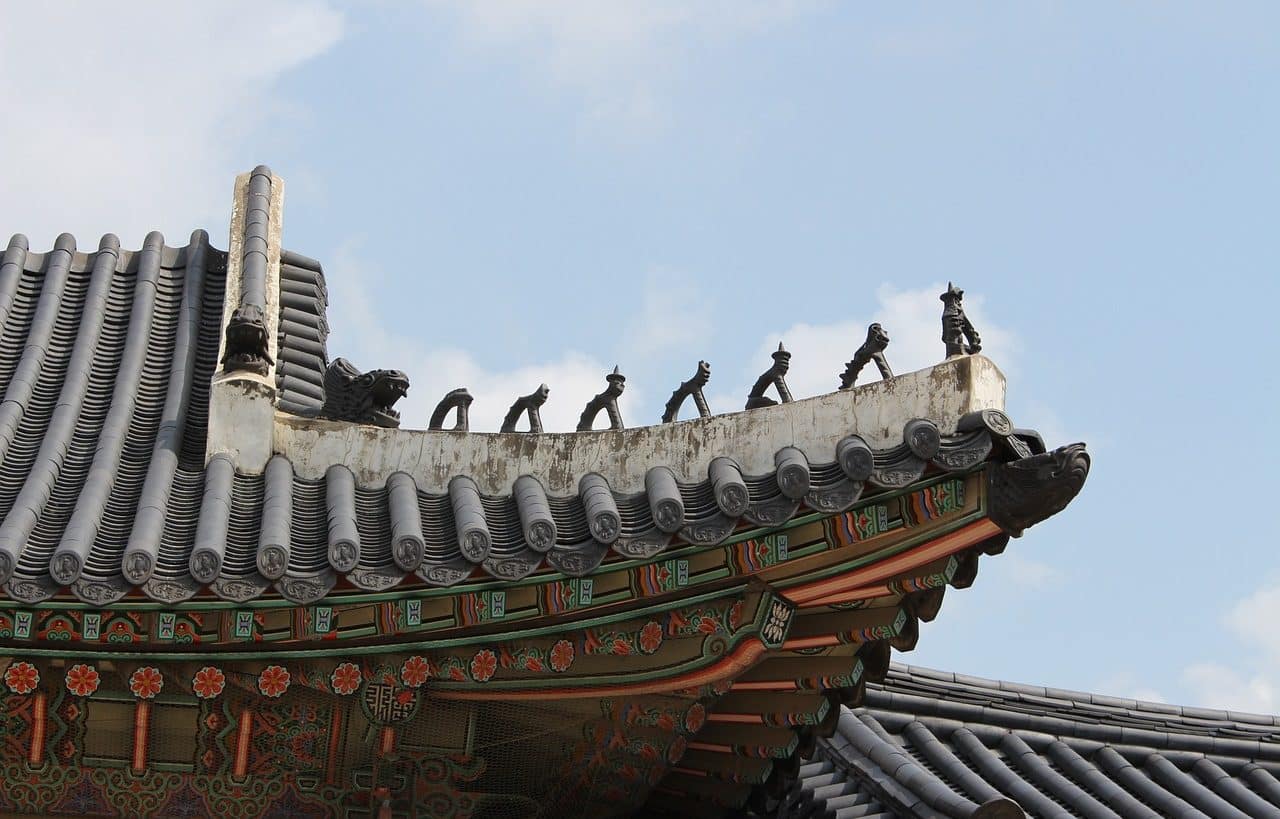
The sector of the roof that protrudes from the wall is called the eaves.
Alero comes from wing , a term that usually refers to the extremities of animals that allow these species to stay in the air; to the parts of an aircraft that enable it to fly; or to some kind of extreme.
In the field of architecture , the sector of the roof that protrudes from the wall is called eaves, whose function is to protect the structure from rainwater. For example: “Place the pot under the eaves so the plant doesn't drown if it rains a lot,” “The gusts of wind caused the eaves to detach from the roof,” “We waited under the eaves for several minutes until it stopped raining.”
Eaves in architecture
In this case, it is an element that is located between the façade and the roof. In addition to the function of preventing rainwater from reaching the area closest to the entrance of the building, the eaves can decisively influence the aesthetics of a construction, since it merges its two most important elements and can provide a fluid transition and with style.
There are many cities that throughout history have adopted the eaves as a constant for their architectural creations, both to maintain a uniform aesthetic line and to give rise to local artistic expression. A good eaves can enhance the image of a building considerably, highlighting it above the rest and positively attracting the attention of passers-by.
Classification according to type
As with most elements of a building, the eaves can be made using different materials, including: brick, tile, wood and stone . In turn, it is possible to establish a classification taking into account the materials and grouping different finishes or styles that usually appear with each of them:
- Among the brick eaves, we can find the cornice (in its simple, continuous, sardinel, checkered, set or peaked row varieties), and the corbel (in art and architecture, the concept of corbel or can refers to at the head of the beam that can be seen from the outside of the building and that serves to support the eaves itself).
- The tile gives rise to two types of eaves, both called bocateja , although one is simple and the other includes brick . The bocateja is the first channel tile of each group that is located on a roof next to the eaves.
- With wood it is possible to find eaves with structural corbels or apparent or false corbels .
- The rendered eaves are known as a continuous cornice and can be made on wood or bricks.
- The stone eaves can be made of corbels or built in the form of a continuous cornice.
Certain vehicles, such as carriages , have eaves so that those who travel do not get dirty with any splashes that may occur due to the presence of water or mud on the road.

In basketball or basketball, the forward is the player who usually moves along the side areas of the playing field.
basketball forward
In the field of basketball , a forward is known as a player who usually moves along the lateral sectors of the playing field and who, generally, scores points from far away from the basket. Also called wing , forward , three or small forward , this type of player usually has good effectiveness in shooting from distance and the ability to score on penetrations.
The small forward position is similar to that of the power forward : sometimes we even talk about the small forward (the traditional forward) and the big forward (power forward). The small forward, on the other hand, often plays as a guard or base help.
Larry Bird, Julius Erving y LeBron James son algunas de las stars de la NBA que se desempeñaron o se desempeñan como aleros.
